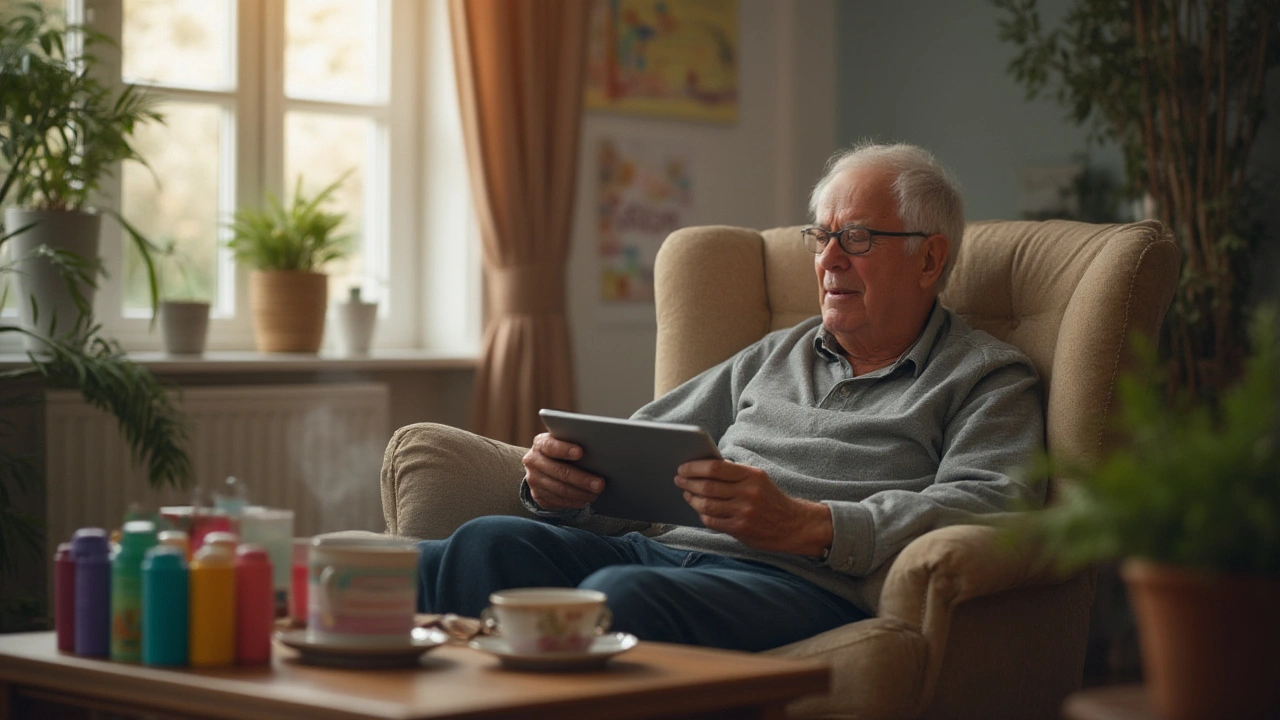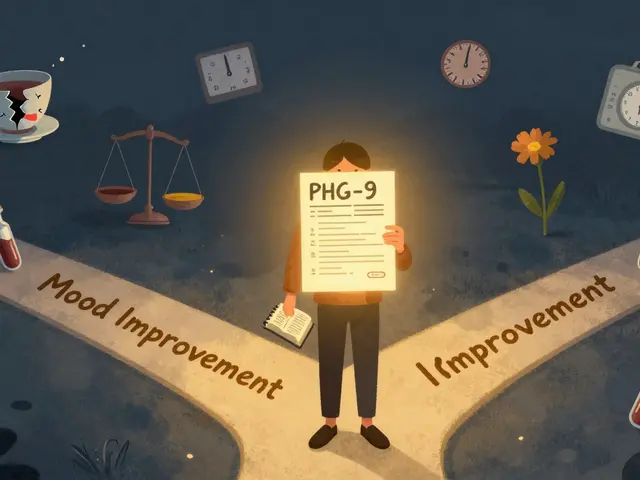COPD management: Practical steps to breathe easier
If you or someone you love has COPD, small changes make a big difference. This guide gives clear tips on daily care, medicines, flare-up plans, and simple ways to feel better.
Start with breathing basics: learn to pace activity, sit or stand to catch your breath, and use pursed-lip breathing during shortness of breath. Pulmonary rehab programs combine exercise, education and coaching — they help people gain strength and confidence.
Medications are central to control. Inhalers fall into two main groups: bronchodilators that open airways and inhaled steroids that reduce inflammation. Know your inhaler names, how to use them, and keep a spare at home.
Oxygen helps some people during activity or at night; your doctor orders tests to decide. Never smoke and avoid secondhand smoke — quitting slows disease progress and improves life.
Vaccines matter: get yearly flu shots and the recommended pneumonia vaccines to reduce severe infections.
You need an action plan for flare-ups. Know early signs of an exacerbation — more cough, increased sputum, change in color, rising breathlessness, or fever. Keep rescue inhalers handy and save a short course of oral steroids or antibiotics if advised by your clinician.
Pulmonary rehab, breathing classes, and support groups help with anxiety and energy. Simple home changes like removing rugs, using a fan, getting a humidifier or air purifier, and planning rest breaks reduce strain.
Weight, sleep and mood affect breathing. Aim for a healthy weight, treat sleep problems like sleep apnea, and talk to a therapist if anxiety or depression wears you down.
Use technology: apps can track symptoms, remind you about meds, and store your action plan for emergencies. Be careful when buying medicines online — pick reputable pharmacies and keep your prescriptions current.
Talk to your doctor about new treatments and drug price changes that could save money without cutting care. If you use inhaled medications like Advair or other brand options, ask for demos on technique and check if cheaper alternatives work.
When to call for help: sudden severe breathlessness, blue lips, fainting, chest pain, or confusion need urgent care.
Set small goals: walk a little farther, climb one more step, or reduce cigarettes by one each week. Track progress and celebrate wins — even small gains add up.
Use a COPD action card: list meds, emergency contacts, allergies, and steps to follow during a flare. Share it with family and keep a copy in your wallet.
Final thought: COPD is a long road but with the right tools you can keep active and feel better on most days. Talk openly with your care team and make a plan that fits your life.
Questions to ask your doctor: Am I on the right inhaler? Do I need oxygen? Can I join pulmonary rehab? What vaccines do I need? When should I start antibiotics or steroids? Ask about smoking support and local support groups. Bring a list of medicines and write down instructions. Keep this guide handy and share.
Best Breo Ellipta Alternatives: Top Once-Daily Medications for COPD in 2025
Explore practical alternatives to Breo Ellipta for controlling COPD symptoms. Get insights on once-daily inhalers, their effectiveness, and real user tips.






